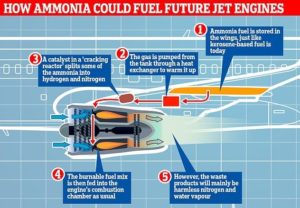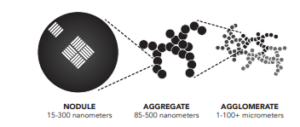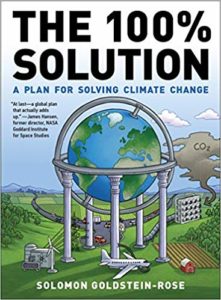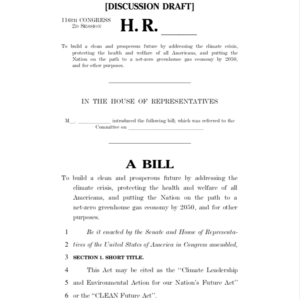United States
EPRI, GTI Launch Low-Carbon Initiative
Last month the Electric Power Research Institute (EPRI) and the Gas Technology Institute (GTI) announced a new undertaking: the Low-Carbon Resources Initiative (LCRI). According to the organizations’ press release, over the next five years they will work together and with collaborating companies to “accelerate the development and demonstration of low-carbon energy technologies.”
Zero emission aircraft: ammonia for aviation
This week, Reaction Engines announced a “ground-breaking study” on ammonia as a fuel for zero-emission aircraft. This will soon be followed by a demonstration project, “integrating the technology into a ground-based test engine.” The study combines Reaction Engines’ heat exchanger technology with the ammonia cracking technology being developed by the UK’s Science and Technology Facilities Council (STFC). By partially cracking green ammonia to hydrogen, the resulting ammonia fuel mix “mimics jet fuel,” making it possible to adapt existing engines and aircraft to use zero-emission fuels. “This means a fast transition to a sustainable aviation future is possible at low cost.”
Methane splitting and turquoise ammonia
Most hydrogen today is produced from fossil fuels – steam methane reforming of natural gas, partial oxidation of coal or oil residues – and entails large CO2 emissions. This fossil hydrogen can be called “grey hydrogen”. Or sometimes, brown. The same color scheme applies to the ammonia produced from it, so we have “grey ammonia.” Or brown ammonia, your call. The exact carbon footprint depends on the fuel used and the efficiency of the facility, so you could easily identify many shades of grey. There is, however, another option to deliver clean hydrogen – and now another colour: turquoise, or green-blue (or blue-green). This is the colour of hydrogen from methane pyrolysis, a process that directly splits methane into hydrogen and solid carbon. Instead of being a waste, like CO2, that must be disposed of safely, solid carbon is potentially a resource.
A 100% Solution to Climate Change: Why is Ammonia Necessary?
It’s easy for people working on a particular technology or product to get overly focused on its wonderful promise. Sometimes we forget to consider whether or how our favorite idea fits into the larger issue. Of course, nearly everyone reading this piece in Ammonia Energy will be heartily into the idea of green ammonia as an energy carrier in a zero-emissions world. But let’s keep things in context – is green ammonia one good idea, one possibility, or is it an absolute requirement of a full solution to climate change? I looked at this question, not only for ammonia but for every category of technology, in the research and analysis project that became The 100% Solution, a recently-published book. It lays out five “pillars” that constitute the physical minimum steps needed to solve climate change.
ARPA-E Issues RFI for Next-Gen Ammonia System Integration
This week the United States Department of Energy’s Advanced Research Projects Agency – Energy (ARPA-E) issued a Request for Information under the title “Next Generation Ammonia System Integration Project.” This is a strong signal that ARPA-E intends to see the ammonia energy technologies in its portfolio through to commercial fruition.
US House draft bill defines ammonia as low-carbon fuel
In January 2020, the US House of Representatives published draft legislation that explicitly defines ammonia as a "low-carbon fuel." This is a first. The CLEAN Future Act is focused on electricity generation, and aims "to build a clean and prosperous future by addressing the climate crisis, protecting the health and welfare of all Americans, and putting the Nation on the path to a net-zero greenhouse gas economy by 2050." The point isn't that this will become law — that seems unlikely anytime soon — but that a mature understanding of the potential benefits of ammonia energy has finally reached policymakers in the heart of Washington DC.









